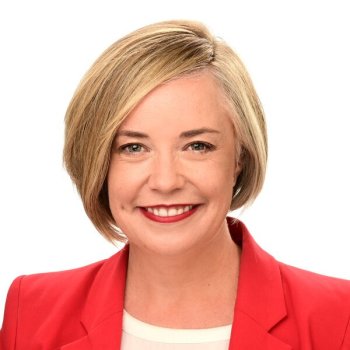
Australia’s councils have welcomed getting a shoutout from the Treasurer as he wrapped up the jobs and skills summit and say they are keen to do their bit to help train and upskill the nation’s future workforce.

ALGA President Linda Scott represented councils at the jobs summit Canberra last week, where she made a pitch for more support to help local government address gaps in jobs and skills.
Closing the summit on Friday, Treasurer Jim Chalmers said the talkfest had produced 36 concrete steps that could begin this year, including raising the migration ceiling and providing 1,000 digital traineeships for the APS.
He also gave a nod to the role of local government in helping to deliver on the summit outcomes.
“Obviously, we cannot do all of these things that we seek to do on our own,” Mr Chalmers said.
“I want to acknowledge local government right around Australia – massive employers in their own right.”
Cr Scott thanked Mr Chalmers for his comments, saying his remarks acknowledged that local government is central to the way forward in addressing workforce issues.
Local government skills shortages
Australia’s councils currently employ almost 200,000 people across 400 different occupations, Cr Scott says.
However around nine in ten councils are experiencing skills shortages – a 30 per cent increase from four years ago, with two thirds of councils saying the situation has impacted or delayed local projects.
Most in demand are engineers, urban and town planners, building surveyors, environmental health inspectors and HR professionals, she said.
Cr Scott said a range of factors was making it hard for councils to fill jobs, including lack of affordable housing, and competition with the private sector and other levels of government.
“The biggest hurdle to attracting and retaining qualified staff is the lack and uncertainty of long-term funding to support workforce planning and development,” she said.
Councils employed more woman than men and more Indigenous Australians than the nation average, Cr Scott said. They were also well placed to take on apprentices, procure local goods and services and support the clean energy transition.
Cnr Scott repeated ongoing calls by ALGA for FAGS to be restored to at least one per cent of Commonwealth tax revenue to help local government to invest in initiatives that will enable them to boost the workforce.
Thirty-six outcomes
On Friday Mr Chalmers outlined some of the measures the government intends to take following the summit, which are fully outlined in its Outcomes Document.
“There’s 36 concrete outcomes, steps that we think that we can take this year, more or less immediately and then there’s about the same number of areas that we have identified for further work,” he said.
The document contains measures targeting the Australian Public Service, including setting gender equity targets, increasing first nations employment to 5 per cent by 2030 and delivering 1,000 APS digital traineeships over four years, with a focus on women, First Nations people, older Australians, and veterans.
It also says the government is committed to ensuring regional areas benefit from renewable energy initiatives.
In another key commitment, the permanent migration program ceiling will be increased to 195,000 in 2022-23 to help ease workforce shortages.
Comment below to have your say on this story.
If you have a news story or tip-off, get in touch at editorial@governmentnews.com.au.
Sign up to the Government News newsletter
Are councils just employment agencies ?